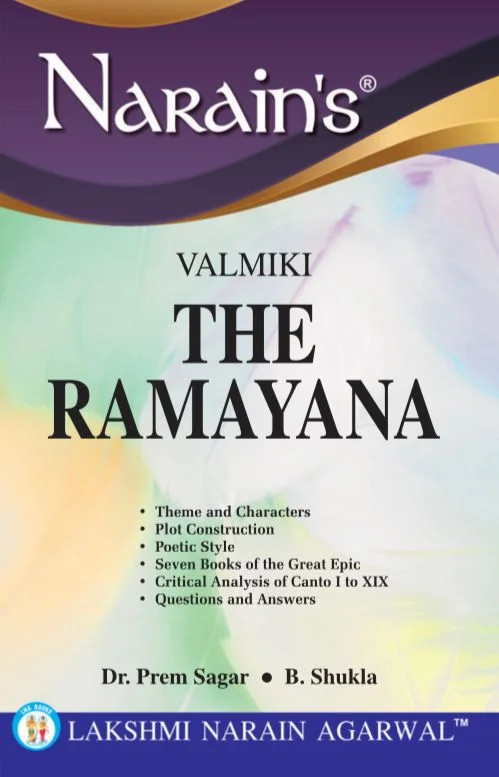The Ramayana

The Ramayana
Embark on an enchanting journey through fiction! Secure your copy now by reaching out to us at +919450432125 and immerse yourself in captivating worlds.
Over View
The Valmiki Ramayana, attributed to the sage Valmiki, is an ancient Indian epic that narrates the life and adventures of Lord Rama, his wife Sita, and his loyal companion Hanuman. Composed in Sanskrit, the epic consists of seven books or Kandas, and it is a fundamental text in Hindu literature and philosophy.
The epic begins with the Balakanda, where King Dasharatha of Ayodhya performs a yajna to obtain offspring. The gods bless him with four sons, and Rama, the eldest, is the central character of the epic. However, Dasharatha’s youngest wife, Kaikeyi, influenced by a past favor, demands that her son Bharata be crowned king, and Rama be sent into exile for fourteen years.
The Ayodhya Kanda describes Rama’s willing acceptance of exile and his wife Sita and loyal brother Lakshmana accompanying him to the forest. In the forest, they encounter various sages, demons, and gods. One notable incident is the golden deer that lures Sita away, leading to her abduction by the demon king Ravana.
The Aranya Kanda narrates Rama’s search for Sita, his alliance with the monkey king Sugriva, and the heroic deeds of Hanuman. Hanuman’s leap to Lanka, his encounter with Sita, and the destruction of Ashoka Vatika are among the highlights of this book.
The Kishkindha Kanda details the alliance between Rama and the monkey army, leading to the battle against Ravana’s forces. Hanuman’s efforts to locate Sita, the construction of the Rama Setu (bridge), and the killing of Vali are central events.
The Sundara Kanda focuses on Hanuman’s journey to Lanka, his meeting with Sita, and the subsequent war between Rama and Ravana’s forces. Hanuman’s devotion to Rama and his ability to carry the entire mountain with the life-saving herb are prominent in this Kanda.
The Yuddha Kanda is the climax, depicting the great war between Rama and Ravana. The epic battle involves powerful warriors, including Hanuman, Sugriva, Vibhishana, and others. Ultimately, Rama defeats Ravana, rescues Sita, and returns to Ayodhya with his consort.
The Uttara Kanda serves as an epilogue, narrating the banishment of a pregnant Sita due to suspicions about her chastity. Sita takes refuge in the hermitage of Valmiki, where she gives birth to twins, Lava and Kusha. The epic concludes with Rama recognizing his sons and being reunited with Sita, although she undergoes the trial of fire to prove her purity.
The Valmiki Ramayana is not just a tale of adventure but also a profound spiritual and moral guide, offering lessons on duty, righteousness, and the consequences of one’s actions. It has been widely revered for centuries and continues to be a source of inspiration and guidance in Hindu culture.
